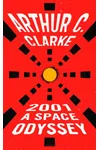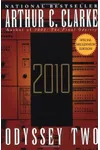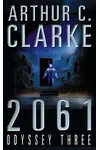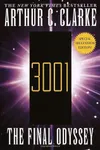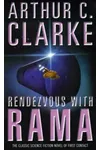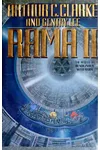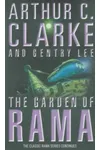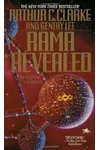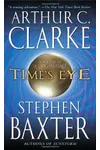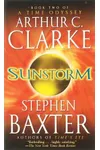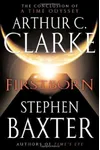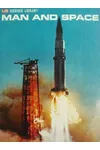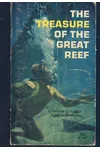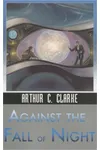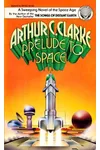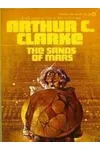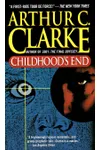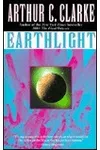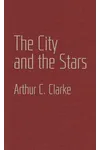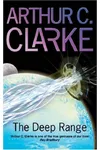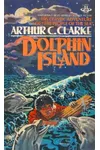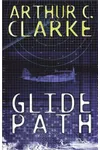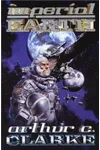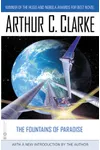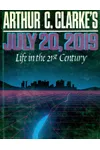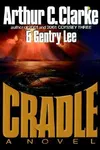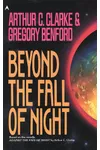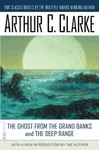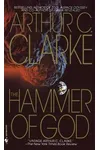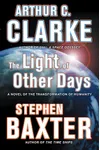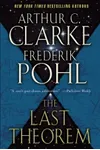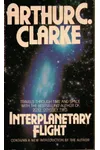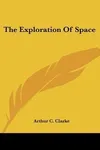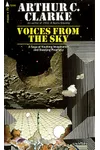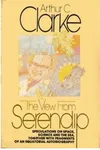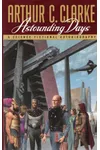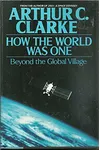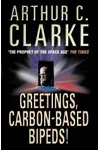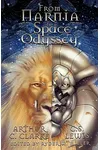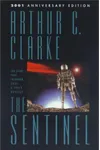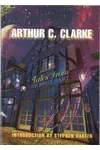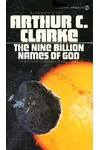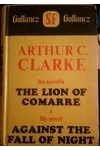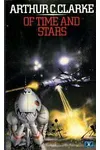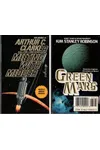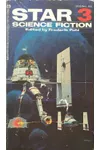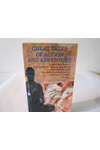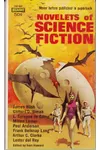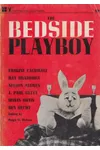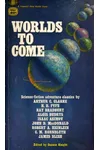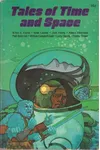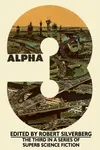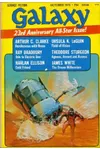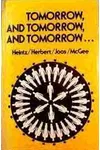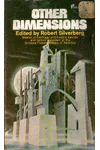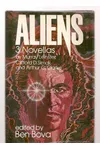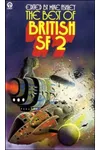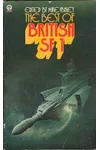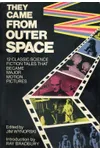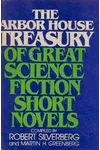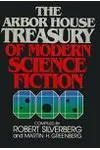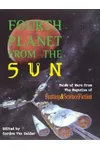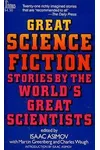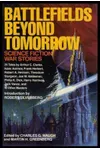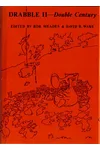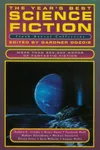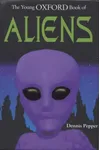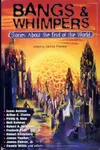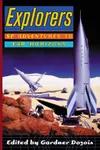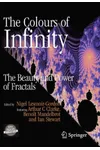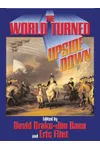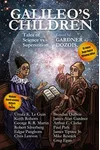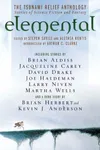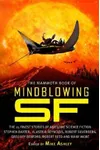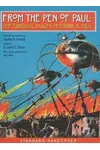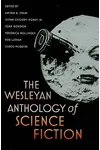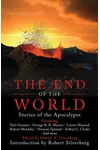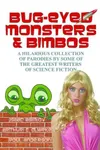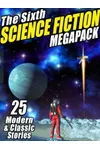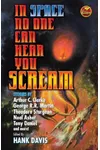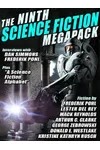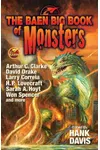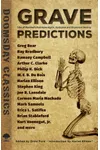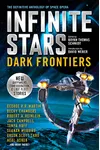Picture a British visionary who turned the vastness of space into stories that captivated the world—meet Arthur C. Clarke! Born in 1917, this science fiction titan wrote over 100 books, predicted satellite communications, and gave us the iconic 2001: A Space Odyssey. With a knack for blending hard science with boundless optimism, Clarke’s tales continue to inspire dreamers and scientists alike.
From his early days tinkering with telescopes to his later years in Sri Lanka, Clarke’s life was as fascinating as his stories. Let’s dive into the journey of a man whose imagination shaped the future.
The Making of Arthur C. Clarke
Born in Minehead, England, Arthur Charles Clarke grew up on a farm, gazing at the stars and devouring science fiction magazines. His curiosity led him to study mathematics and physics at King’s College London, though World War II interrupted his path. Serving in the Royal Air Force, he worked on radar systems, sparking his lifelong fascination with technology. After the war, Clarke penned a 1945 paper envisioning geostationary satellites—decades before they became reality. This blend of science and storytelling became his hallmark, launching his writing career with short stories like ‘The Sentinel,’ which later inspired 2001.
Arthur C. Clarke’s Unforgettable Stories
Clarke’s novels and short stories are celebrated for their scientific rigor and hopeful visions of humanity’s future. 2001: A Space Odyssey (1968), co-written with filmmaker Stanley Kubrick, is a cinematic and literary masterpiece, exploring human evolution and extraterrestrial intelligence. Its mysterious monoliths and haunting AI, HAL 9000, remain cultural touchstones. Childhood’s End (1953) imagines an alien-guided utopia, probing themes of transcendence with Clarke’s signature optimism. Rendezvous with Rama (1973), a Hugo and Nebula Award winner, depicts a colossal alien spacecraft, showcasing his knack for awe-inspiring scale. His short story collections, like The Nine Billion Names of God (1967), blend wit and wonder, cementing his place as a sci-fi giant.
Clarke’s style married meticulous research with accessible prose, making complex ideas feel thrilling. His optimism shone through, portraying technology as a tool for progress, though he never shied away from its risks. Whether exploring space or human potential, his works invited readers to dream big.
Why Arthur C. Clarke Matters
Clarke’s impact transcends science fiction. His satellite prediction shaped modern telecommunications, earning him accolades like the Stuart Ballantine Medal. His novels inspired NASA scientists and filmmakers, while his ‘Three Laws’ of prediction—especially “Any sufficiently advanced technology is indistinguishable from magic”—remain a guiding light for futurists. Living in Sri Lanka from 1956 until his death in 2008, Clarke embraced global perspectives, advocating for peace and exploration. His legacy endures in the Arthur C. Clarke Award for sci-fi literature and the countless minds ignited by his stories.
About Arthur C. Clarke
- Born: December 16, 1917, Minehead, England
- Died: March 19, 2008, Colombo, Sri Lanka
- Key Works: 2001: A Space Odyssey, Childhood’s End, Rendezvous with Rama
- Awards: Hugo, Nebula, and Kalinga Prize for science communication
- Fun Fact: Knighted in 1998 for his contributions to literature and science
Snag 2001: A Space Odyssey or Rendezvous with Rama and blast off into Clarke’s visionary universe! His stories are a thrilling ride through the cosmos, packed with ideas that’ll spark your imagination.
